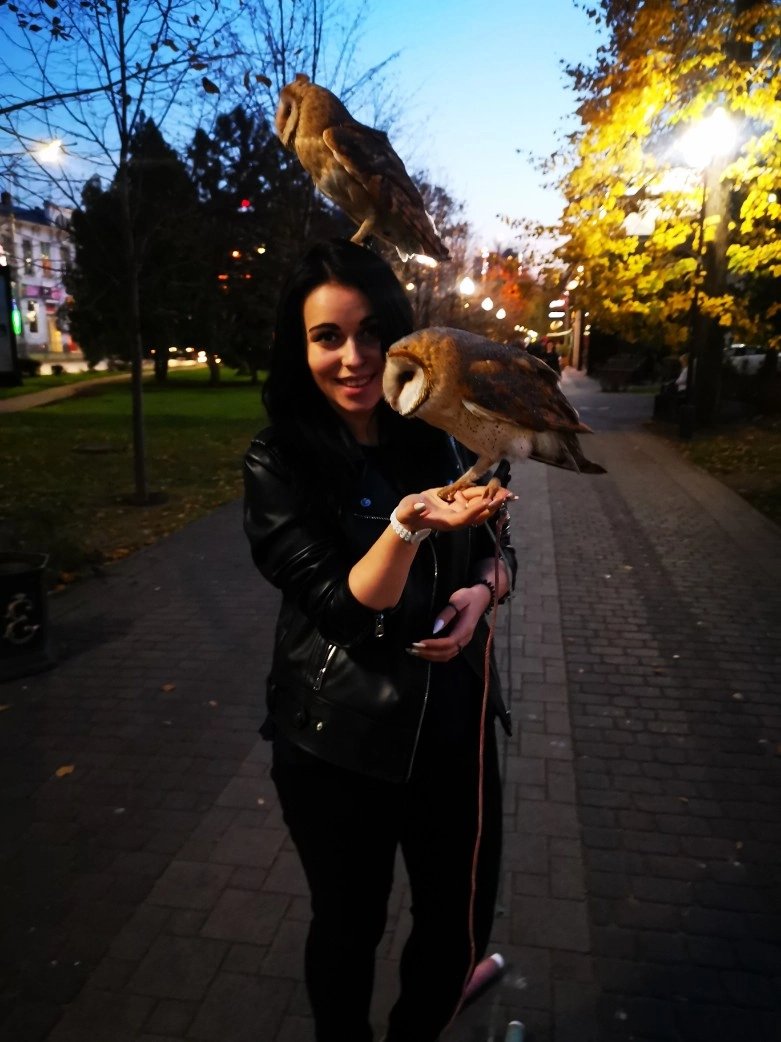With their bright red plumage and melodious songs, northern cardinals are backyard favorites that captivate birdwatchers.
It’s understandable why cardinal devotees may contemplate keeping these beautiful songbirds as pets.
However, while visually striking, cardinals do not actually make good pets.
There are substantial legal restrictions, housing and care challenges, and conservation impacts that make keeping cardinals in captivity risky both for the birds and their wild populations.
This article delves into reasons why cardinals face immense health, behavior, and survival issues when removed from the wild to be kept as pets.
We will cover the legal protections in place for native birds, specialized care and housing needs cardinals have that most homeowners cannot meet, and ethical alternatives for responsibly enjoying cardinals without confining them.
If you find cardinals captivating, you may discover that admiring them thriving comfortably in their natural habitat is far more fulfilling than attempting to tame them.
So can you keep a cardinal as a pet? keep reading to learn more!
Understanding Cardinals
Well, if you don’t know what cardinals are, let’s start by getting familiar with these popular songbirds before exploring the idea of keeping them as pets.
Species and Characteristics
The northern cardinal (Cardinalis cardinalis) is a mid-sized songbird native to North America.
The adult males are known for their bright red plumage, crested heads, red beaks, and loud melodious songs.
Female cardinals have more muted brown and red feathers. Northern cardinals live year-round in woodland, thickets, suburban yards, and parks, partially migrating based on weather and food availability.
They typically live 3-4 years on average and reach sexual maturity at one year old.
Natural Habitat & Behaviors
Cardinals form monogamous breeding pairs that defend a breeding territory of roughly 1-10 acres.
They prefer habitats with dense shrubs and small trees, where they nest low to the ground.
Cardinals are omnivorous, feeding on insects, spiders, snails, grains, seeds, berries, and fruit.
They forage actively in leaf litter and dense low-level vegetation. Cardinals sing loud whistled songs to communicate with mates and defend territories.
They bathe frequently and preen themselves to keep feathers in good condition.
Diet & Nutrition
Cardinals have diverse diets consisting of insects, spiders, snails, slugs, and various seeds, grains, fruits, and berries.
Their dietary composition varies by season based on availability. Berries are especially important when fewer insects are active in winter.
Key foods providing protein, carbohydrates, and fat for energy and nourishing eggs include beetles, ants, moths, wild fruit, berries, flower nectar, seeds from weeds and wildflowers, corn, and acorns and nutrient composition can be tricky to replicate in captivity properly.
Can You Keep a Cardinal As a Pet?
So can you keep a cardinal as a pet? The short answer is no.
There are several legal restrictions and ethical concerns that make keeping cardinals and other native wild birds as pets illegal in most circumstances.

In the United States, the Migratory Bird Treaty Act of 1918 makes it illegal to own, possess, buy, sell, purchase, barter, transport, import or export any migratory bird, nest, egg or body part without approval and special permits.
Similar laws like the Convention for the Protection of Migratory Birds in Canada also designate cardinals and other songbirds as protected species that cannot be kept as pets.
Beyond legal protections, removing cardinals from the wild poses risks to individual birds’ well-being and larger ecosystem impacts.
Captivity confines cardinals evolved to traverse diverse territories and prevent natural behaviors like finding mates, establishing breeding sites, migrating, and foraging over seasonal food sources.
The complex social structure, mating rituals, territory defense, and migration patterns of cardinals cannot truly be replicated in captivity.
Taking cardinals from wild populations hinders breeding, genetic diversity, and rebuilding songbird numbers already threatened by habitat loss, climate change, predators, and disease.
So legal restrictions under migratory bird protection laws, ethical issues posed for both individual birds and populations, and the inability to meet cardinals’ complex habitat needs mean they ultimately do not make suitable pets.
You May Also Like – Blue Jay Eggs
How to Attract Northern Cardinals to Your Yard
While you cannot own a cardinal as a pet, you can still enjoy their beauty and song by attracting them to your backyard.
With a little effort in creating suitable habitats, northern cardinals can become delightful regular visitors.
The key to drawing cardinals is providing the essential forested habitat, food sources, water, and nesting sites they depend on.
Cardinals thrive in areas that replicate their natural woodland homes with a mix of dense shrubs, small trees, leaf litter, and vegetation at varying heights.
Evergreens like hollies, pines, and cedars offer shelter plus berries and seeds. Deciduous trees and bushes produce fruits, nuts, and insects.
Plant native species like dogwoods, wild grapes, sumac, and elderberries. Ensure a balanced landscape with about 50% canopy to allow light and space for thickets below.
Leave fallen logs, brush piles, and dried leaves to encourage natural foraging behaviors. Water sources like fountains, bird baths, and small pools also entice visiting cardinals year-round.
Supplement the habitat you establish with proper feeders and food. Black oil sunflower seeds are a preferred favorite you can provide in hopper, tube, or platform feeders.
Cardinals also enjoy safflower seeds, dried fruit, peanuts, millet, cracked corn, and nut pieces. Put feeders near the cover for safety and keep them clean and well-stocked.
With the right sustainable environment in your backyard, northern cardinals will take residence and reward you with their company.
You’ll have the enjoyment of watching them raise young amidst beautiful song and striking beauty, without the harm of removing them from their wild home.
How Much is a Cardinal Bird Worth?
How much is a cardinal bird worth? Well, determining the monetary value of a wild cardinal is complicated.
As we learned earlier, it is illegal to buy, sell, or own a cardinal in many regions due to wildlife protection laws.
However, some estimates on the black market wildlife trade put the price range for cardinals between $10 to $800. This vast range depends on the bird’s age, health, color vibrancy, and rarity.
In the past, vibrant red male cardinals were sold as caged songbirds, though this practice is now banned.
Today, the illegal capture and sale of cardinals persists in some underground circles. Cardinal prices can also fluctuate based on demand from collectors or breeders.
Though prohibited, consumer desire for their beauty and song still incites poaching and smuggling.
The highest prices go to rare genetic color variants like yellow, tan, or white cardinals. Albino cardinals with pure white feathers are exceptionally rare and can fetch up to $800.
Even normal red males in prime breeding conditions may sell for over $100. Female cardinals tend to go for less at $20-50 since they lack the flashy red plumage.
Recently fledged babies barely ready to survive on their own might go for only $10-20.
Of course, the real worth of a cardinal cannot be measured by dollars alone. They hold invaluable ecological worth from the environmental services they provide.
The aesthetic, emotional, and wellness values humans derive from their visual beauty and song also cannot be priced.
And their necessity for healthy functioning ecosystems makes cardinals ultimately priceless. While cardinal trade persists underground, efforts to expand legal protections help safeguard their true worth.
Are Cardinals Your Loved Ones?
A common legend holds that cardinal sightings signify visits from loved ones who have passed away.
This folklore stems from the cardinals’ sudden presence, vibrant color, and loud songs that grab attention.
Many cultures and faiths imbue cardinals with the symbolism of family connections that persist beyond this world.
The red cardinal was named after Catholic cardinals in their vivid red robes. Their appearance during significant occasions, holidays, or trying times strikes many as messages of hope, reassurance, or encouragement from beyond.
Cardinals seem to come when they are most needed, often visiting those grieving lost loved ones or marking meaningful milestones.
While the cardinal lore may be imaginary, the comfort it brings makes it powerfully real to those needing it. Cardinals inspire us to sense those we miss still surround us.
Their bond to family stretches past physical form, like the cardinals mating for life. The Cardinal’s arrival delivers the departed back in winged spirit to sing comforting songs reminding us we are not alone.
So while cardinals themselves likely don’t carry the souls of people, they can certainly deliver meaningful messages that speak to us emotionally and spiritually.
Their splash of red when we most need it blazes like the heart, reminding us that love burns bright even in the coldest days of loss.
The cardinal remains beside us, adorning bare trees with its red glare of hope, meaning, and the notion that loved ones linger on all around us.
You May Also Like – What Birds Lays Blue Eggs?
Final Thoughts
It is clear keeping cardinals and other native wild birds as pets raises substantial legal issues, ethical concerns over impacts on birds and populations, and challenges meeting their specialized care needs.
Backyard birding enthusiasts would be far better served channeling their admiration for cardinals into responsible bird feeding, habitat creation, and conservation initiatives that allow appreciation from a respectful distance.
Though their bright coloration and enchanting songs captivate us, cardinals rely on very specific environments, social structures, and behaviors that cannot be replicated in captivity.
Removing them causes great individual suffering and threatens vulnerable wild populations already declining from threats like climate change and habitat loss.
Strict wildlife protection laws rightfully aim to safeguard both cardinal welfare and responsible ecosystem stewardship.
As alluring as having a cardinal perched on your finger may seem, the only way to maintain ethical interactions with cardinals is by providing natural spaces for them to freely visit yards.
We must uphold boundaries allowing us to peacefully coexist together, rather than infringing upon cardinals’ freedom for our enjoyment.
Love for cardinals means letting our heart’s affection for them manifest in defending their wildness.
By preserving abundant cardinal habitats everywhere, we ensure these beloved birds and their melodies endure for generations to come.
FAQs
Can you keep a baby cardinal as a pet?
No, it is illegal to keep a baby cardinal or any age cardinal as a pet under the Migratory Bird Treaty Act and other wildlife protection laws.
Can you catch the Cardinals?
It is illegal to capture, trap, or catch cardinals either as adults or babies. Doing so violates wildlife protection laws with severe penalties.
Do the Cardinals get aggressive?
Cardinals are not aggressive birds, but males will fiercely defend nesting and feeding territories from rivals or predators.
Both parents also dive bomb perceived threats to chase them away from nests.
Do cardinals kiss each other?
Yes, cardinals appear to “kiss” by touching beaks when pairing up to breed. This helps strengthen the lifelong pair bonds cardinals form.
How many times do cardinals lay eggs?
Northern cardinals produce 2-5 clutches of eggs each breeding season from spring through summer.
The female lays about 3 light blue or green eggs with brown spots in each clutch. She incubates them for 12-13 days before they hatch.
Resources – (for further reading)
U.S. Fish and Wildlife Service (.gov) – Migratory Bird Treaty Act of 1918 | U.S. Fish & Wildlife Service
Wikipedia – Migratory Bird Treaty Act of 1918
Britannica- Cardinal | Bird, Description, & Facts

Larissa Adler, an Ornithology graduate from Charles Sturt University, is an avid birdwatcher with a passion for avian behavior and ecology. With extensive fieldwork experience studying bird migration patterns and nesting behaviors, Larissa brings a practical and insightful perspective to our bird-related articles.

